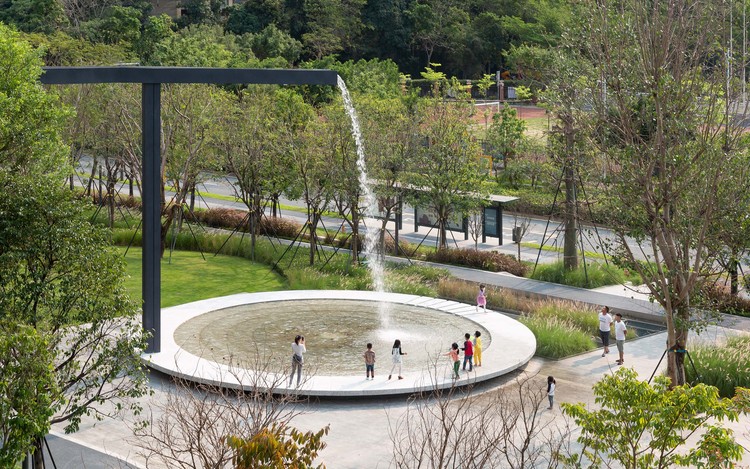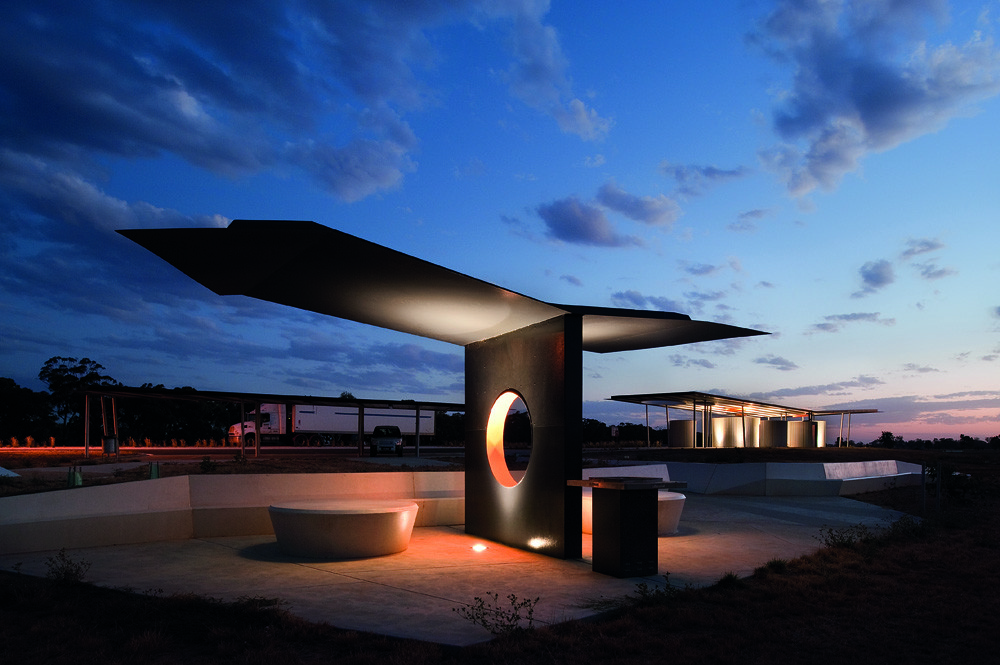
28 Oct The Washstand: Sanitisation for All
During the recent pandemic, our beloved public spaces in Trinidad and Tobago became associated with contamination and illness. The thought of going out to a park or square for many seemed potentially life-threatening. ACLA architecture worked on a public hand-washing concept that allowed for sustainable sanitisation for all in our public spaces. The concept sought to revitalise the urban public realm by making it cleaner and safer in a world post-covid.
In the future, will our public spaces be resilient or will they suffer the same unfortunate abandonment? Through design, can we change this? Use art, architecture and design to potentially encourage sustained behaviour? Is it possible through design to make public spaces more successful than they were pre-Covid 19?
sanitisation for all
but make it beautiful
A Social Response; The Default

The ability to sanitize has in many ways offered us comfort and flexibility throughout this pandemic. We often take for granted easy access to soap and water but there are so many who are not afforded this seemingly ordinary privilege. Without the ability to sanitize, we are vulnerable and exposed.
At present, there are no hand-washing stations in our public parks and squares. This reduced our protection from contamination within this context both pre and post-covid, and as a result threatened our access and attachment to these spaces. Moving forward, the ability to sanitise should be provided for in our parks and squares. At ACLA we hoped to trigger a thought on how art, architecture and design can contribute to enhancing our public spaces, making it cleaner and safer for everyone.
The design challenge was to make this ordinary task extraordinary and make it accessible to all. A public hand-washing design concept that allows for sanitisation for all in our urban centres.
The pandemic and public fear of contamination brought the need for personal sanitisation in all public spaces: stores, restaurants, offices, etc. This introduced interventions like the nailed-on hand sanitisation stations (usually with a nearby person monitoring ominously), thermometers and outdoor sinks. Aesthetically objects of sanitisation felt odd and not thoughtfully integrated, like they weren’t really meant to be there, i.e. not normal.
So… how, through design, can we change this rhetoric in public spaces, to make permanently habitual a means of sanitisation that would reduce the risk of virus outbreak in the future? How can we keep sanitisation and make it accessible to everyone?
Precedent Studies
There are few architectural precedents for the specific function of sanitisation, which allows us the unique opportunity to pioneer this project in Trinidad and Tobago. Public fountains, ablution areas, truck stops and low cost hand washing facilities in schools globally all have aspects of what we envision for these stations. Taking inspiration from the precedents and combining Trinbagonian considerations and elements, makes an intervention that speaks to where it is; serving and representing its people.





A Design Led Response
Adam Smith Square – Proposed Pilot Location
THE GOAL… To affect the integration of hand-washing stations in as many urban spaces as possible. A great pilot location of such an intervention is Adam’s Smith Square, just off Ariapita Avenue in Port-of-Spain. The location itself has been underutilised as a public park and could benefit from a design led intervention. Surrounded by many public buildings and a frequent liming hub, this square will benefit from a nearby sanitisation station that would aid in reducing the risk of contamination.

THE DESIGN INTENT
• Improve hygiene in public open air spaces so that they can always be accessible, usable and safe.
• Improve hygiene in challenging environments where deadly infections diseases are rife.
• Establish a normal practise surrounding sanitisation with the presence of a hand-washing facility.
• Encourage system-level change in T&T; improved hygiene infrastructure and changed norms of hygiene behaviour to sustain improved habits.
Image: Antique Washstand typically found in Colonial Homes; A piece of furniture designed to hold a jug, bowl, or basin for the purpose of washing one’s hands and face.
The Concept:
THE WASHSTAND

The Washstand concept uses a simple form that would fit perfectly at a square’s centre. It’s made using locally sourced and sustainable materials such as concrete, timber and steel; making the washstand easy to source and build. It’s constructed with a steel frame, supporting a water tank at its centre. The water tank feeds a circular box sink, with four pipes at each axis. The pipes are operable using foot pedals, reducing the points of contact as much as possible. The used grey-water from the pipes then feed into planters surrounding the stand’s platform which add a green touch to the Washstand, removing its waste in a beautiful way.


Design Concept Team:
Project Coordinator: Melanie Archer
Artist: Alan Wilkinson-Marten
Project Architect + Administrator: ACLA architecture



